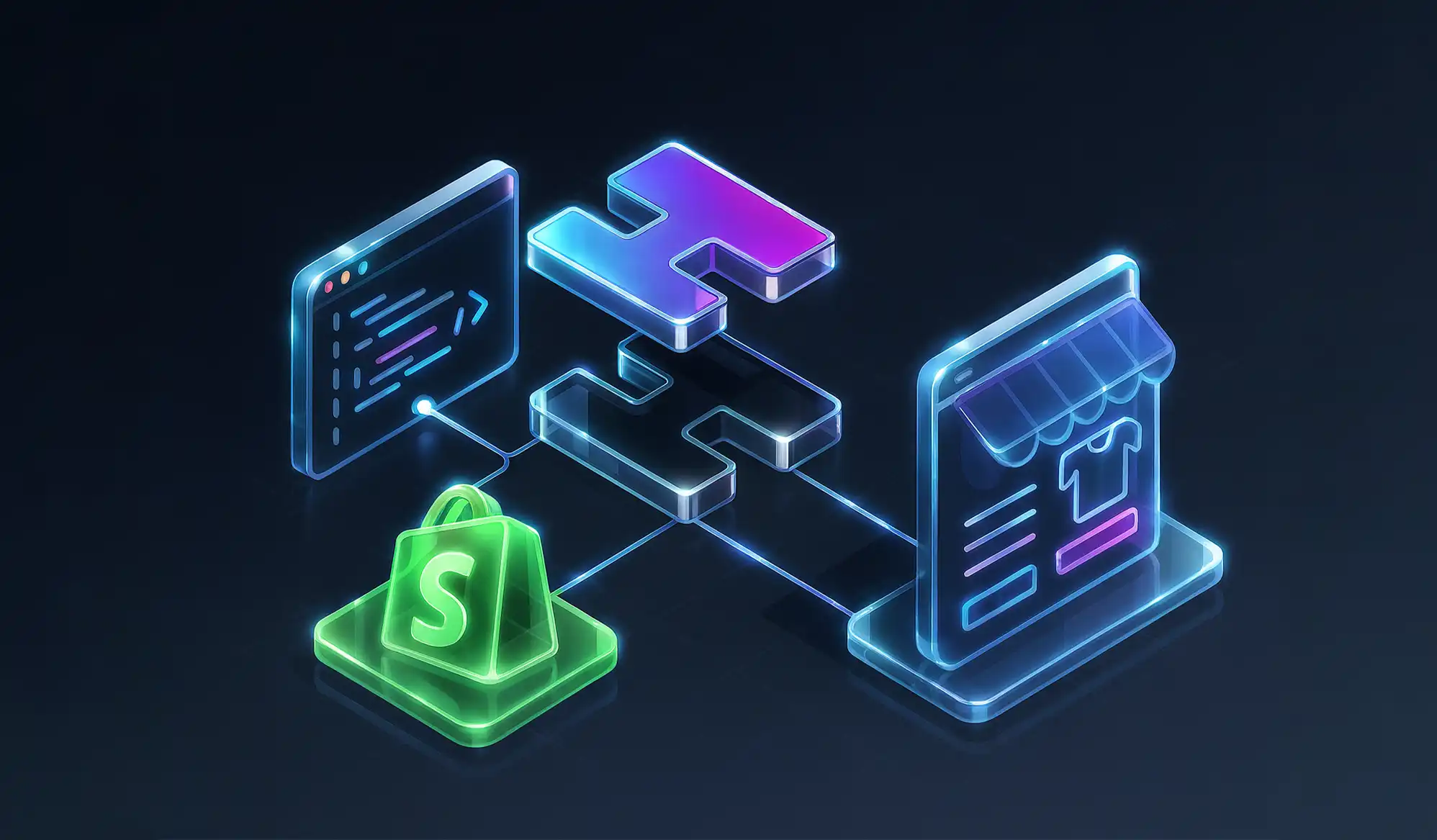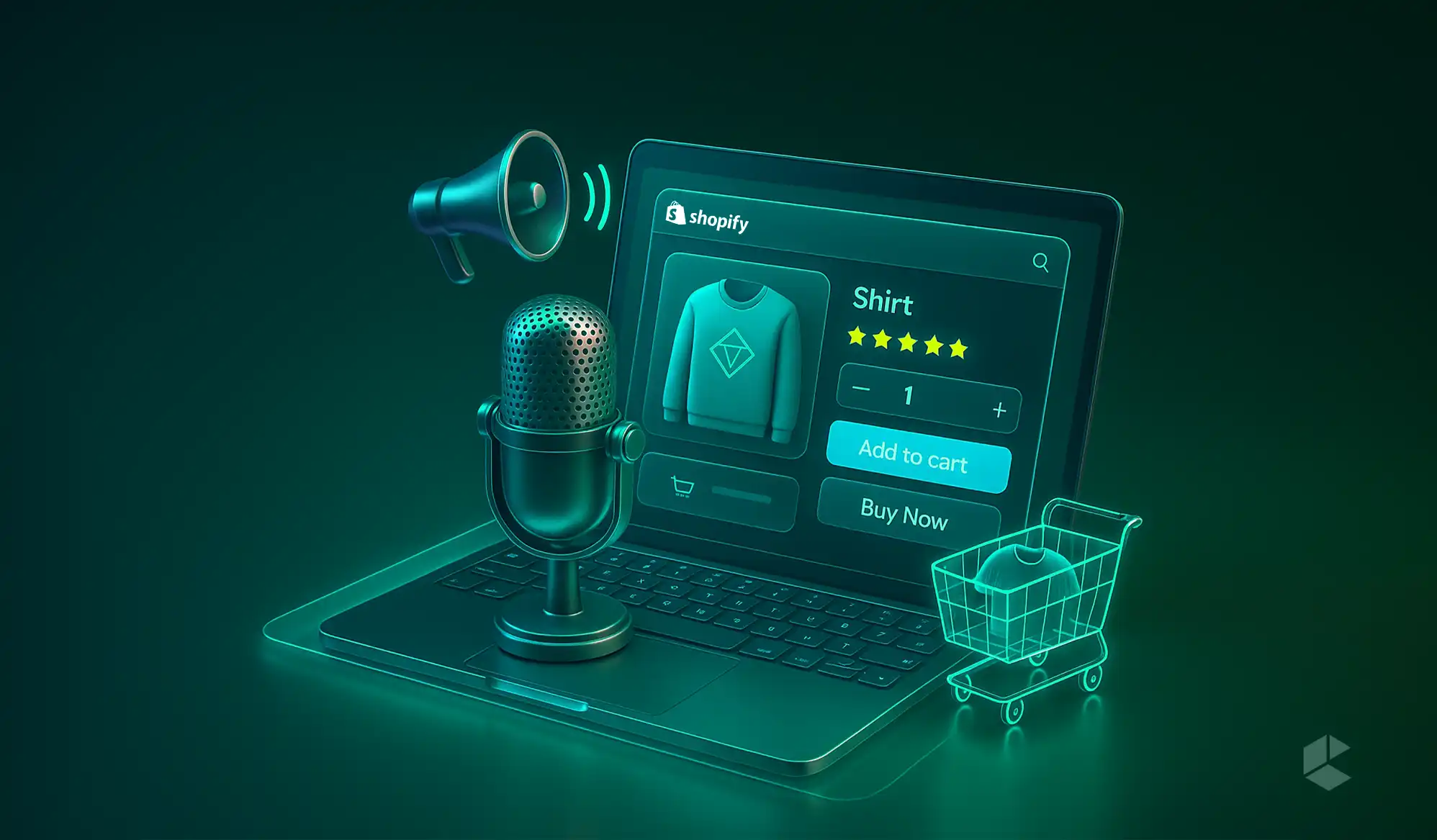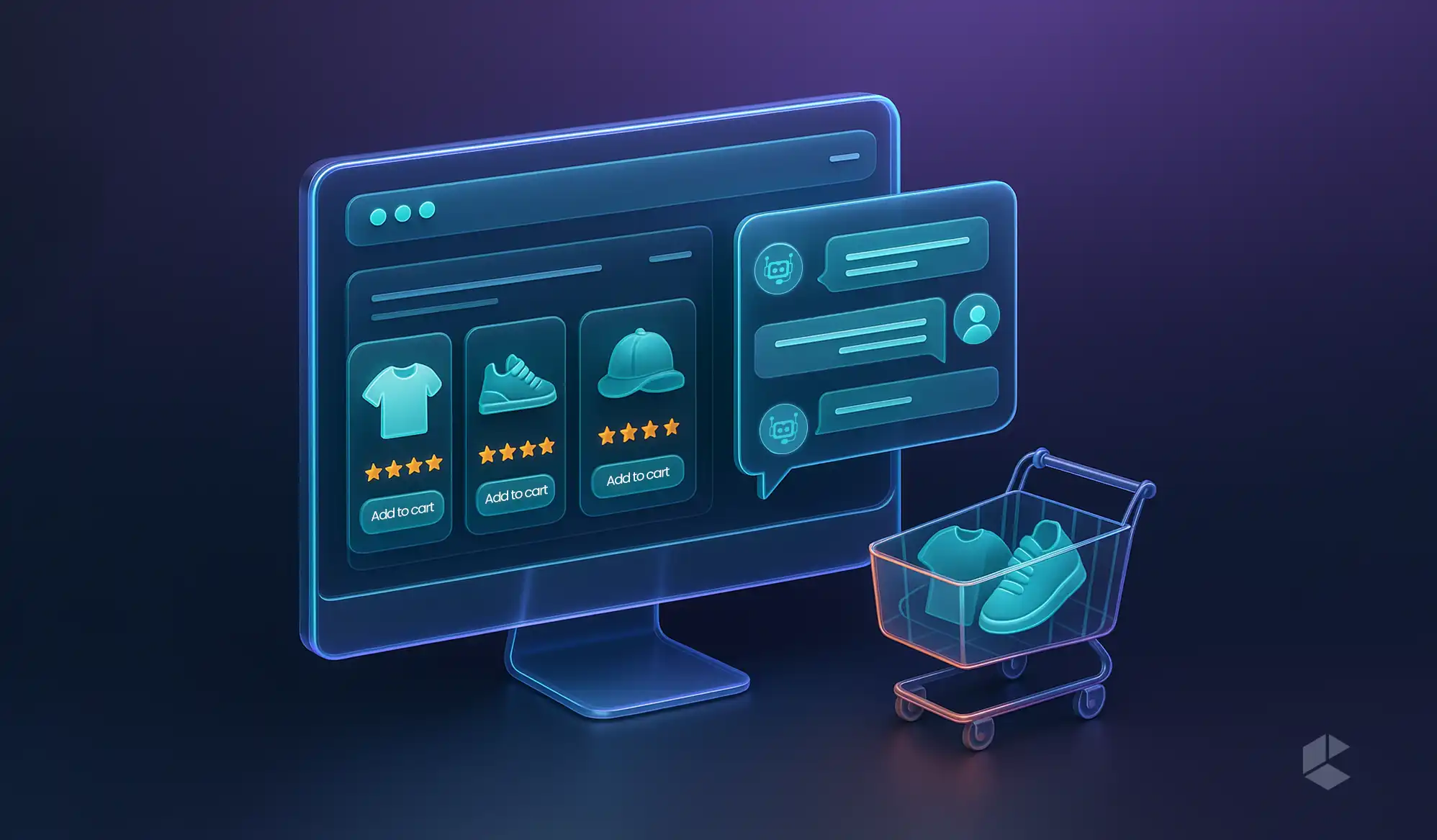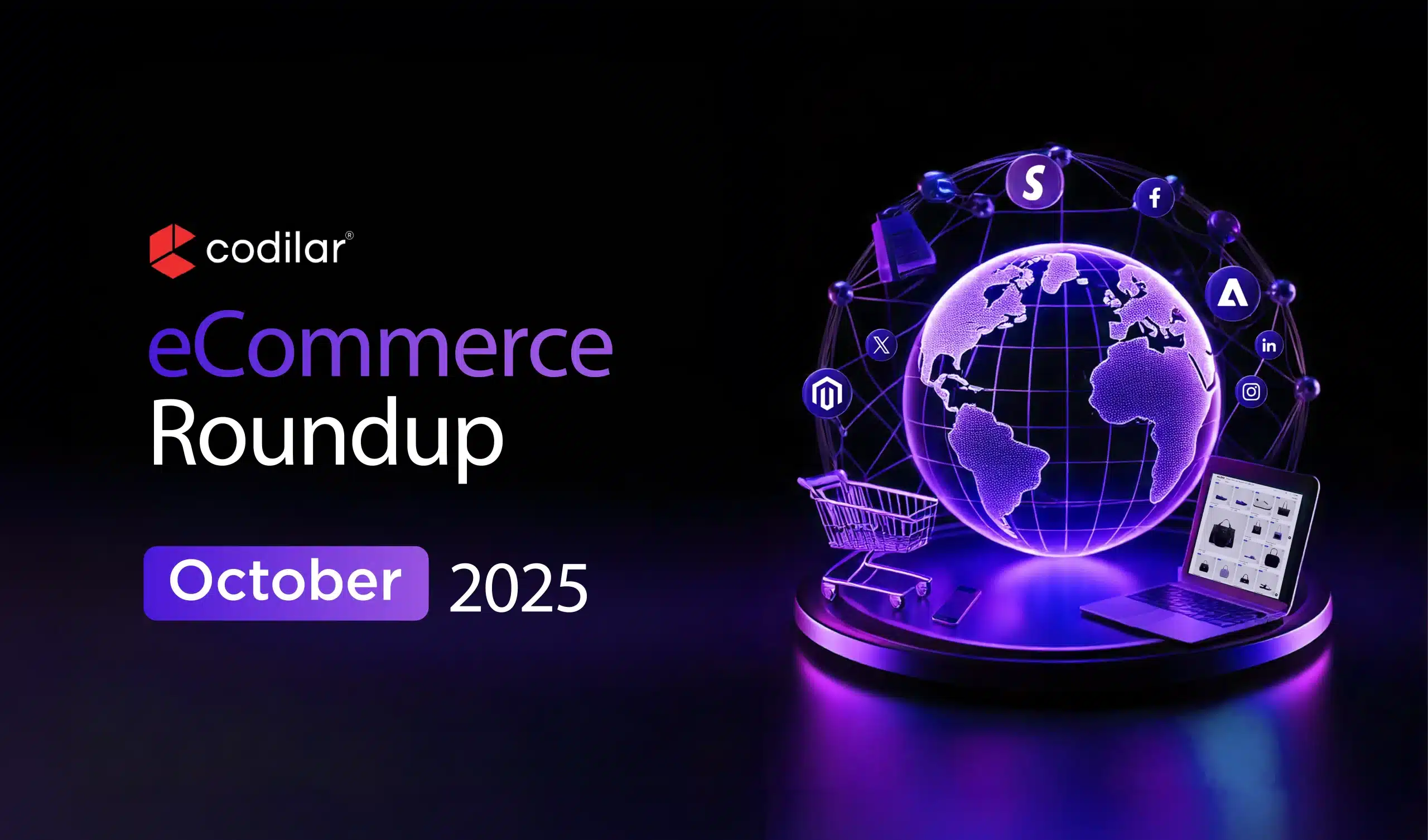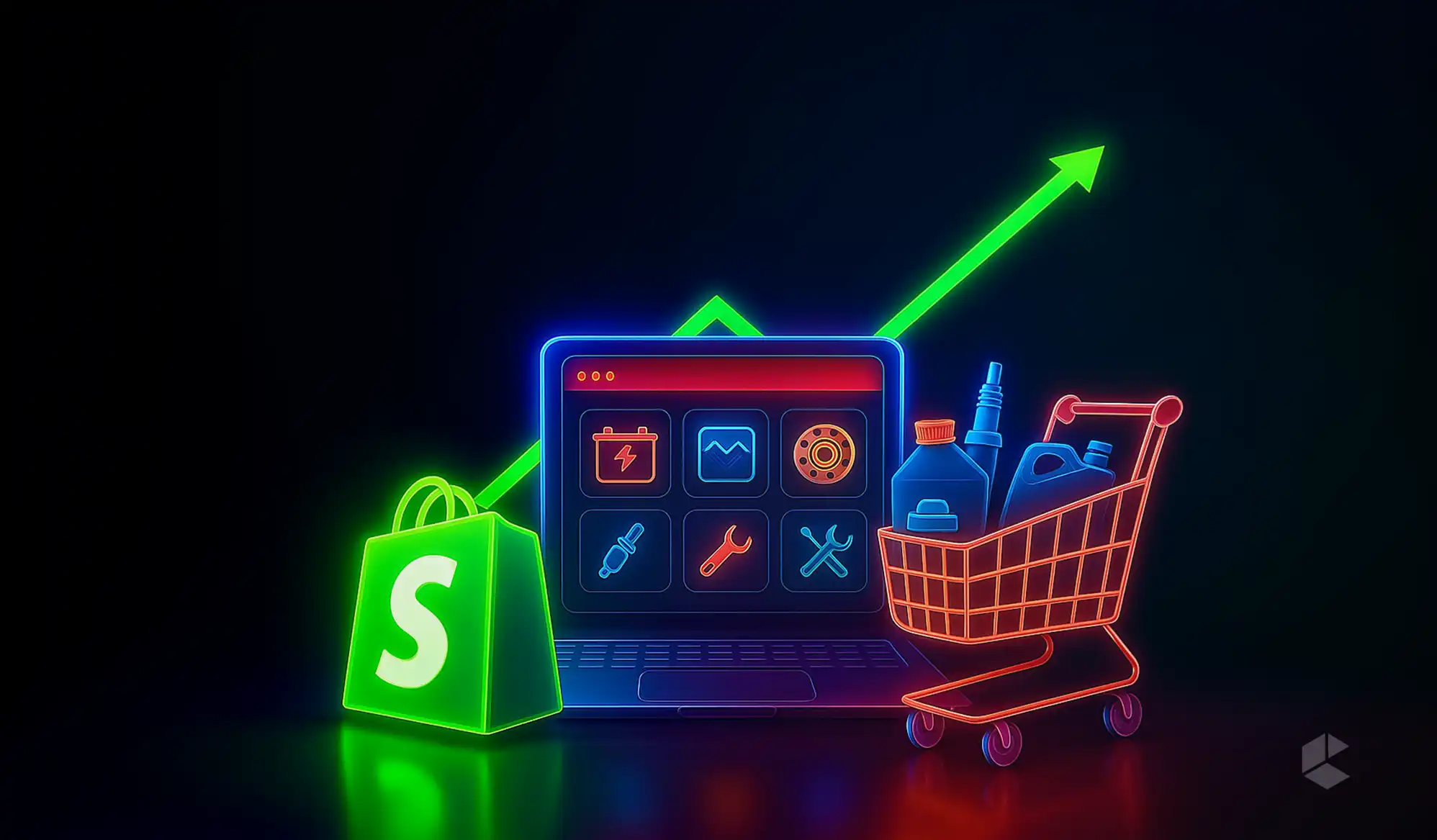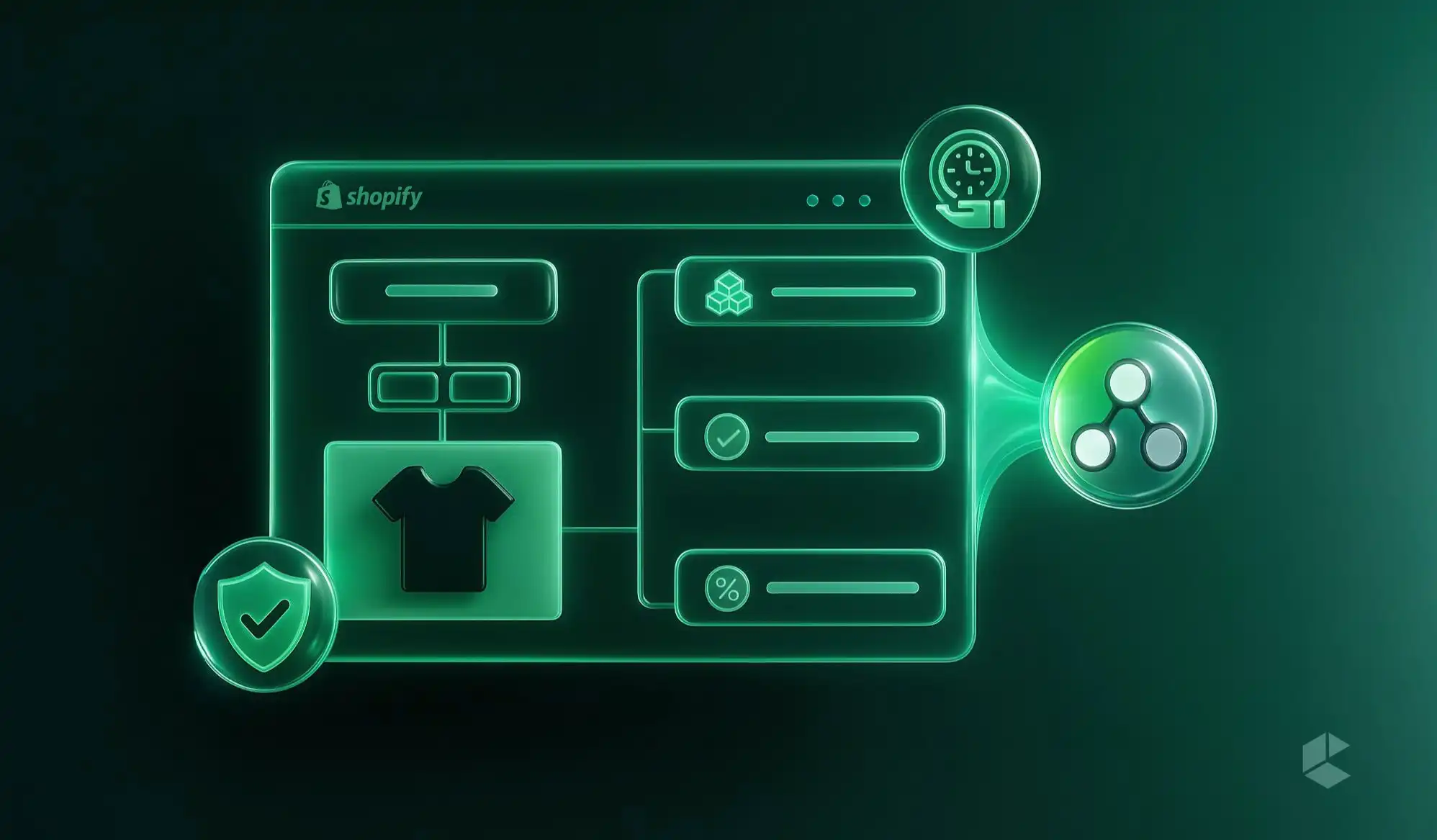- Hydrogen enables fully custom storefronts using React and Shopify APIs.
- It improves performance with server-side rendering and edge capabilities.
- Pre-built components help developers build eCommerce interfaces faster.
- Ideal for brands demanding unique, flexible storefront user experiences.
- Works perfectly for scaling stores with growing traffic and catalogs.
- Hydrogen pairs well with Oxygen for global hosting efficiency.
If you’ve been anywhere near the eCommerce development world lately, you’ve probably heard the name Hydrogen floating around with the same enthusiasm people usually reserve for new smartphones or fancy coffee gear. Shopify introduced Hydrogen as a way to break past the limits of theme-based stores and give developers the freedom to build storefronts exactly the way they imagine them. And let’s be honest, that freedom is a big deal in a world where everyone is tired of cookie-cutter layouts.
Hydrogen is essentially Shopify’s modern approach to custom storefront development. Instead of stitching your ideas into a rigid theme structure, Hydrogen lets you create a front end with React while still hooking into Shopify’s existing backend. The idea is simple: let the creative folks build without friction, while Shopify quietly powers all the critical commerce functions behind the scenes.
This blend is what gives Hydrogen its charm. It’s headless commerce tailored specifically for Shopify, packaged neatly into a developer-friendly toolkit.
Why Hydrogen Exists and Why It Matters
Hydrogen launched in 2021 and quickly shifted how developers think about building Shopify storefronts. Traditional themes work well for simple sites, but the moment a business needs advanced layouts or unique interactions, those themes start to feel restrictive. Hydrogen removes those limits by allowing developers to build the entire front end in React with complete control over UI, structure, and behavior. Meanwhile, Shopify continues handling product data, inventory, checkout, and payments in the background.
Key points from this shift include:
- Traditional Shopify themes become limiting when custom or complex experiences are needed.
- Hydrogen lets developers design fully custom UIs and layouts using React.
- Shopify’s backend still manages products, inventory, checkout, and payments.
- This separation of front end and back end reflects true headless commerce.
- The reference also notes global hydrogen market growth, though it’s unrelated to eCommerce and not relevant to Shopify Hydrogen.
What Makes Shopify Hydrogen Special
Hydrogen isn’t just another React boilerplate. Shopify packed this framework with several standout features that directly address common pain points in eCommerce development.
Let’s break them down in plain terms.
1. It’s Built on React
If React is your natural habitat, you’ll feel right at home. Hydrogen uses React’s component-based architecture, letting developers create reusable pieces of UI that stay clean and organized. This makes it much easier to manage complex storefronts where everything from product tiles to carts needs to be updated dynamically.
The learning curve for React developers is almost zero. You can simply continue using the skills you already have, but with tools that speak the language of eCommerce.
2. It Embraces Headless Commerce Fully
Headless architecture means the storefront is free from template restrictions. You choose how everything looks and behaves. Want a custom product configurator? Go ahead. Want to rebuild the checkout flow to match your brand’s vibe? Hydrogen gives you the freedom.
All the while, Shopify continues acting as the central brain for inventory, orders, and payments. You don’t lose any Shopify-native power. You simply gain creative freedom.
3. Pre-Built Components That Save Time
This is where Hydrogen gets surprisingly developer-friendly. Shopify includes a set of eCommerce-focused components you can drop into your store. These aren’t generic UI pieces. They’re designed specifically for eCommerce with built-in performance optimizations.
Think of components for:
- Product grids
- Shopping carts
- Checkout flows
- Product pages
You’re free to modify them or build your own from scratch, but they speed up development significantly, especially when you want consistent styling and behavior across pages.
4. Performance Optimizations at Its Core
This is one of Hydrogen’s biggest strengths.
Hydrogen uses:
- Server-side rendering (SSR)
- React Server Components
- Edge rendering
These optimizations make sure your storefront feels fast. React Server Components load UI elements more efficiently by letting the server handle updates instead of the browser. Edge rendering runs your code on servers closest to each visitor, reducing load times.
The combination results in quicker page loads, even if someone is browsing your store from a slow network.
5. Seamless Integration with Shopify APIs
Hydrogen ties directly into Shopify’s APIs, so developers don’t need to rebuild eCommerce logic that Shopify has perfected over the years.
You build the UI.
Shopify handles:
- Checkout
- Inventory
- Products
- Customer accounts
- Orders
This is one of the biggest advantages over rolling out your own custom headless setup from scratch.
The Benefits Hydrogen Brings to ECommerce Brands
Now that we’ve seen the features, let’s talk about what they translate to in the real world.
1. Unlimited Storefront Customization
With traditional Shopify themes, you’re bound by structure. Hydrogen breaks those walls. You design the store exactly how you want, following whatever UX principles make sense for your brand. No more bending your ideas to fit theme limitations.
2. Faster Websites That Actually Help Conversion
Hydrogen’s server-side rendering and optimized components reduce page load time. And speed is directly tied to conversion.
Faster sites improve user experience and support better SEO visibility, which leads to more purchases! It’s that simple.
3. Integration Flexibility
Since Hydrogen is headless, adding third-party services becomes easier. Whether it’s an external CMS, analytics engine, or some fancy custom feature, Hydrogen can integrate with it more flexibly compared to theme-based stores.
4. Better SEO Through SSR
Hydrogen’s SSR helps search engines read and index site content more easily. That means better visibility in search results without relying solely on client-side rendering, which can be inconsistent for SEO.
5. Scalability for Growing Businesses
Hydrogen is ideal for stores expecting rapid growth or already dealing with high traffic. Traditional themes can get heavy and slow when the catalog grows. Hydrogen’s architecture handles scale like a champ.
When Hydrogen Makes the Most Sense
Hydrogen is not for every single Shopify store. It shines the most when:
- You need a highly customized design or UX
- Your store expects large traffic volumes
- You want advanced integrations
- You want a front end that stands out from typical Shopify stores
If your needs are simple, a standard theme might be more efficient. But if you want to break the mold, Hydrogen is the tool for the job.
How to Get Started with Shopify Hydrogen
Hydrogen is made for developers who already have a basic awareness of React, so if you’re comfortable with components, state, and props, you’re already halfway there. The remaining half is simply connecting your Hydrogen app with your Shopify store.
The reference material outlines the setup process in a simple sequence. Here’s a clearer, more conversational walkthrough of how it works.
Step 1: Install Shopify CLI
Shopify’s Command Line Interface is your entry point into creating Hydrogen apps. The CLI generates your Hydrogen project, sets up all necessary dependencies, and preconfigures things so you can start writing code rather than wrestling with boilerplates.
This is the command you’ll use to install Hydrogen through the CLI. Once the tool is installed, spinning up a Hydrogen project becomes as easy as running a single line in your terminal.
Step 2: Connect to Your Shopify Store
After the CLI scaffolds your Hydrogen app, it guides you through linking it to an existing Shopify store. This isn’t an optional step. Your storefront needs the connection to fetch products, handle collections, synchronize inventory, and access all the APIs that make the storefront functional.
The connection ensures your React components can pull store data in real time. This is where Hydrogen starts behaving like a true Shopify-native headless system.
Step 3: Start Building Your Storefront
Once you’re connected, the fun begins. Every line of UI you build sits in your control. Hydrogen’s pre-built components serve as a jumpstart, but you’re free to edit, replace, or fully rebuild them.
You can implement:
- Custom product displays
- Experimental navigation styles
- Interactive carts
- Unique search experiences
- Fresh layouts
This is where Hydrogen separates itself from theme development entirely. You’re working with React, so animation libraries, visualization tools, API layers, and interactivity logic all behave exactly as expected.
Step 4: Deploy Using Oxygen or Any Platform You Prefer
Hydrogen storefronts can be deployed through:
- Oxygen (Shopify’s global hosting platform)
- Any hosting provider you choose
But the reference document specifically highlights Oxygen as Shopify’s own global infrastructure. Hydrogen supports edge rendering so pages can be served from nearby servers. You can deploy on Oxygen, Shopify’s global hosting infrastructure, or another platform. Think of it as pairing a sports car (Hydrogen) with a freshly paved racetrack (Oxygen).
And once deployed, your custom storefront becomes instantly accessible, ready to handle shoppers without breaking a sweat.
Where Hydrogen Fits in Real-World Ecommerce
Hydrogen isn’t for everyone and everything. It’s not a magic pill for small stores that just want a clean layout and a working cart. But when your vision steps outside the lines of traditional templates, Hydrogen becomes the ideal choice.
Here’s where it shines according to the reference data:
1. When Your Store Needs Complex UI or Custom Experiences
If you need a storefront that behaves nothing like typical templates (maybe something immersive, interactive, or unusually structured), Hydrogen lets you shape that freely.
This includes scenarios like:
- Product configurators
- Interactive galleries
- Custom checkout flows
- Multi-step product journeys
Any store with a personality bigger than what theme blocks can contain benefits from Hydrogen.
2. When Performance Is a Priority
If your store:
- Handles high traffic
- Displays large catalogs
- Needs faster rendering
- Wants fewer abandoned sessions
Hydrogen’s performance stack shines.
High-performance storefronts directly translate to higher engagement and smoother UX, especially when paired with SSR and edge rendering.
3. When You Require Third-Party Integrations Beyond Basic Apps
The headless structure gives developers complete freedom to integrate external systems. That might include:
- External APIs
- Homegrown databases
- Analytics engines
- Dynamic content systems
Because you’re not constrained by Shopify’s Liquid environment, integrations feel more modern and flexible.
The Long-Term Value of Hydrogen
Hydrogen isn’t just about building something cool. It’s built for the long run.
With its focus on speed, scalability, and customization, Hydrogen sets your storefront up to evolve as your business grows. If your brand aims to scale from hundreds of shoppers to millions, or from simple browsing to immersive browsing, Hydrogen is designed to keep pace.
You also get the advantage of Shopify’s ecosystem instead of running a totally custom backend. You don’t lose:
- Shopify’s checkout
- Its product and order systems
- Its administrative tools
You’re simply replacing the presentation layer with something more capable.
Conclusion
Shopify Hydrogen gives developers the freedom to build storefronts exactly as they envision, without being confined by traditional themes. Its React-based headless structure and seamless Shopify API integration make it a strong fit for businesses aiming to elevate the shopping experience.
With server-side rendering, React Server Components, edge rendering, and pre-built eCommerce elements, Hydrogen delivers fast, flexible, and high-performing storefronts. Paired with Shopify’s global hosting infrastructure, it offers both power and efficiency.
For brands that want more than a standard store and are ready to embrace custom, scalable, and future-focused eCommerce experiences, Hydrogen is the way to go.
FAQs
Shopify Hydrogen is a React-based framework for building custom Shopify storefronts. Developers use it to create unique, high-performance, flexible front-end experiences without relying on traditional Shopify themes.
Hydrogen provides complete design freedom, better performance, and advanced customization options. Themes are easier but limited. Hydrogen is ideal when businesses need complex layouts, integrations, or faster, scalable storefront architectures.
Yes, Hydrogen is built entirely on React. Developers with React experience can start quickly, using Hydrogen’s pre-built components and Shopify APIs to build faster, more dynamic custom storefront experiences.
Hydrogen improves speed through server-side rendering, React Server Components, and edge rendering. These techniques deliver pages faster, reduce load times, and provide smoother experiences for users across devices and networks.
Hydrogen fits stores needing custom interfaces, high performance, or advanced third-party integrations. It’s ideal for brands seeking complex user experiences beyond what standard Shopify themes and Liquid templates can offer.
